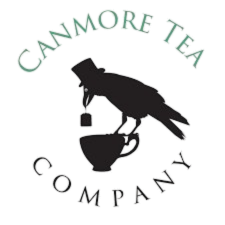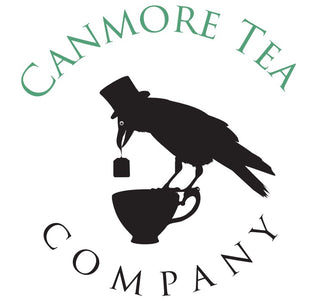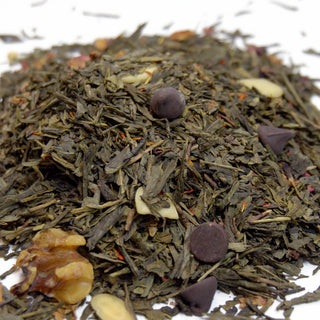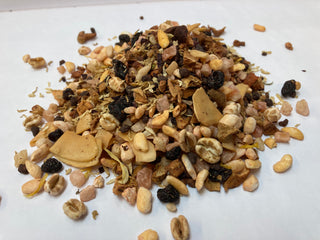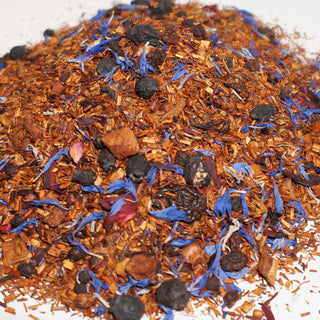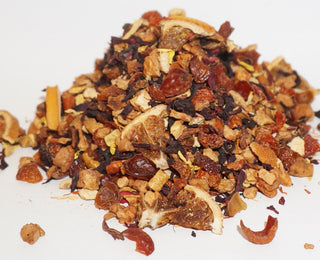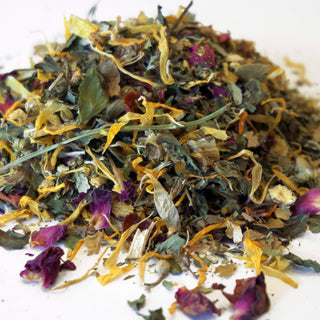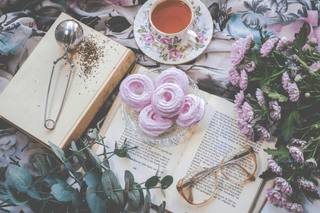The European Commission approved the registration of “Rooibos” / “Red Bush” from South Africa as a registered and protected designation of origin, like Champagne.
This means that if a tea manufacturer or tea business sources its rooibos tea from somewhere outside of the designated are of the Western and Northern Cape in South Africa, it cannot claim that tea as rooibos.
MSN reported that South African Rooibos Council Chair Martin Bergh said this global recognition will help put the industry on the map and protect local producers against fake teas labelled as rooibos.
Rooibos/Red Bush refers to the dried leaves and stems cultivated in the Western Cape Province and in the Northern Cape Province, a region which is known for its hot dry summers and cold wet winters.
Rooibos has developed some unique characteristics to adapt in this harsh climate and presents fruity, woody and spicy flavors. It’s harvested each year during the hot summers and is sun-dried just after harvesting. The tea process is often described as an art form and is one of the most critical parts of the rooibos production process with specific know-how and expertise required.
The use of the dried leaves and stems of rooibos as a tea was first documented almost 250 years ago. Since then, its fruity, sweet taste has resulted in it being a cultural icon of South Africa.
There are currently 262 geographical indications, such as rooibos, from non-European countries that are now registered.
Overall, the South African Rooibos Council works to promote, grow and protect the rooibos industry of South Africa for its stakeholders, locally and internationally. The organization supports research and communication to promote the benefits of rooibos, and it responds to threats and crises in the rooibos industry for its stakeholders and to protect the interest of consumers.
Rooibos Tea Facts from the South African Rooibos Council:
Rooibos is not a true tea, but a herb. The brew made from the dried rooibos leaves is therefore a herbal infusion (known as a tisane) rather than a tea, but is widely known as rooibos tea.
Rooibos has a distinctive color, flavor and aroma, which differentiates it from most other teas. The flavor can be described as slightly sweet and fruity.
The vibrant amber color of rooibos comes from the natural color that develops during the post-harvest “fermentation” (oxidation) process, brought about by natural enzymes in the plant.
Rooibos is a pure and natural product as it contains no colorants, additives or preservatives.
Rooibos is available as plain or flavored tea, as loose leaves or in tea bags. It is often blended with other herbal teas.
Rooibos is graded according to color, flavor and cut length.
Rooibos ages well and can be stored for long periods without any deterioration in quality, flavor and taste.
In many countries, rooibos is enjoyed as a hot or cold beverage without milk, with or without sweeteners. Many South Africans enjoy rooibos as a hot beverage with milk, sweetened with sugar or honey.
To learn more, visit the South African Rooibos Council at SARooibos.co.za.
